By Louise Irvine
Visitors are often drawn to WMODA by the dinosaur on the façade of the building, which was formerly home to the Graves Museum of Archaeology and Natural History. Young kids might be disappointed not to find T-rex inside our decorative arts museum today but fortunately, there are lots of dragons to make the ceramics collection cool!
Larry Williams – Paleo Artist
Around 50,000 cars pass the Federal Highway location daily and some drivers stop to explore the museum, intrigued to find out what the dinosaur is doing there. The landmark was created by Larry Williams, a renowned paleo-artist in rural California. Williams has spent over 40 years sculpting dinosaurs, dragons, and other creatures out of steel with an oxy-acetylene torch, MIG welder, and plasma torch. His work delights scientists and children alike and he has traveled around the US, England, Europe, and Japan to install his work. His steel skeletal sculptures range from tabletop miniatures to massive life-size installations. His biggest work to date is a Brachiosaurus standing over 80 feet tall which he produced when he was an Artist in Residence at the Jarupa Mountains Cultural Center in California from 2004 to 2006.
Graves Museum
Williams likes to give names to his sculptures, for instance a recent wyvern sculpture was called “Screech”. “Harry”, the Tyrannosaurus Rex skeletal made for the Graves Museum, is 25 feet tall and was erected in 1996. The sculpture has become iconic in Dania Beach and occasionally nostalgic visitors return to visit him and reminisce about sleepovers in the museum with the dinosaurs. The most famous dinosaur in the Graves collection was Bambiraptor feinbergi, recognized as the most phenomenal specimen find since the T-rex. The small bird-like dinosaur was discovered by a 14-year fossil hunter in Montana and named after the Disney movie and the family who bought it and donated it to the Graves Museum. As well as paleontology and geology, the Graves featured dramatic displays from Tequesta Indian times in Florida as well as an African gallery.
Sadly. Gypsy Graves, the founder, was unable to keep the museum going and the collections were dispersed in 2004. The building lay derelict for some years before it was taken over by Arron Rimpley and Greg Whittecar who turned it into the Gallery of Amazing Things. There were no more dinosaurs but there were some amazing fossils from the Green River formation in Wyoming which were a big attraction until 2020 when the building was sold again to Marc Aptakin of MAD Studios.
Fantastique @ WMODA
The Wiener Museum of Decorative Arts has occupied the second floor of the building since 2014 and has developed into a world-class center for the Fired Arts of ceramics and glass. It is one of the top tourist attractions in Broward County according to TripAdvisor travelers. Even dinosaur hunters are not disappointed as they can see the Jabberwock from Alice Adventures in Wonderland sculpted by Mark V. Marshall for the Doulton Lambeth Studios in the 1880s. The Fantastique exhibition at WMODA features hybrid monsters decorating stoneware vases made by the eccentric Martin Brothers. The potters worked in Victorian times when the name dinosaur was first used by Sir Richard Owen to describe the taxonic group of extinct reptiles. It was derived from the Greek for terrible lizard.
Robert DePalma – Paleontologist
Recently, WMODA had a visit from Robert De Palma, a paleontologist who used to work at the Graves Museum when he was a high school student. De Palma has been obsessed by fossils since he was a young boy growing up in Florida. He dug up old bones wherever he went and found his first dinosaur bone at the age of 9 in Colorado. He started collecting fossils, making dinosaur models, and mounting skeletons and eventually he loaned his childhood fossil collection to the museum for display. Unfortunately, he never got it back when the Graves went bankrupt. This experience has contributed to his unorthodox style as a paleontologist today. He never digs on public land and retains control over the management of his specimens wherever they are presented.
Clearly, Robert is a showman with his weathered Indiana Jones style hat, dinosaur shirt, and cargo pants. He regaled us with stories of his activities on the second floor of the building and showed us dinosaur feet that he had scratched into the floor years prior. He was enamored of the animals in the Ardmore gallery and talked about the African collection formerly in the museum. Robert is still working toward his Ph.D. and is a Curator of Vertebrate Paleontology at the Palm Beach Museum of Natural History as well as a teacher at Florida Atlantic University.
However, Robert has become famous since the New Yorker magazine acclaimed his discovery at Hells Creek geological formation in North Dakota. The fossil-rich site paints a vivid picture of “The Day the Dinosaurs Died” after an asteroid slammed into the earth. Dinosaur hunters found the first Tyrannosaurus Rex there in 1902, causing a sensation. Robert has called the site Tanis after the ancient city in Egypt which was featured in Raiders of the Lost Ark. In his words, “It’s like finding the Holy Grail clutched in the bony fingers of Jimmy Hoffa, sitting on top of the Lost Ark.” Robert kept the exact location of his site a closely guarded secret for many years as he was concerned that his findings would be expropriated by a major museum and the 19th-century skullduggery of the early American dinosaur collectors would be revived in a new era of “Bone Wars.”
Robert has promised to return to WMODA soon and tell us more about his amazing work at Hells Creek and at the former Graves Museum. He was recently interviewed for a podcast by Tal Oran who has the Dinosaur Channel on YouTube.

YouTube The Dinosaur Channel
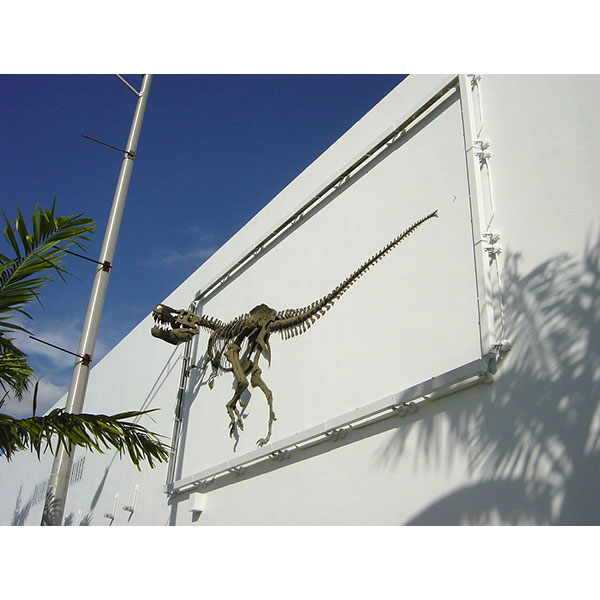
Dinosaur on the building
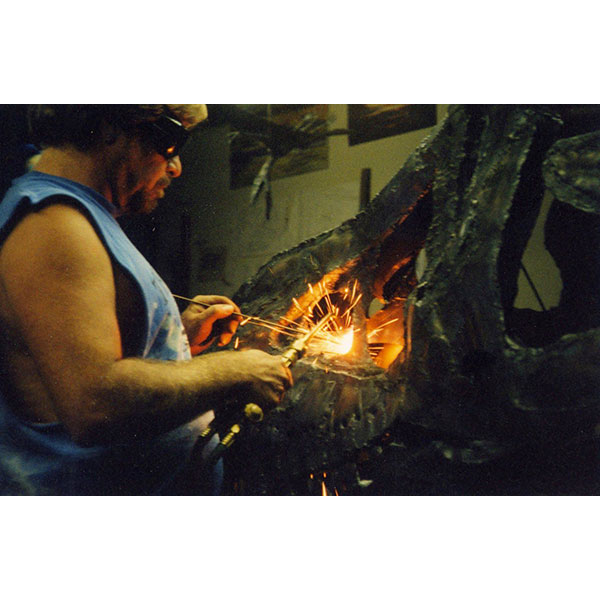
Larry Williams at work
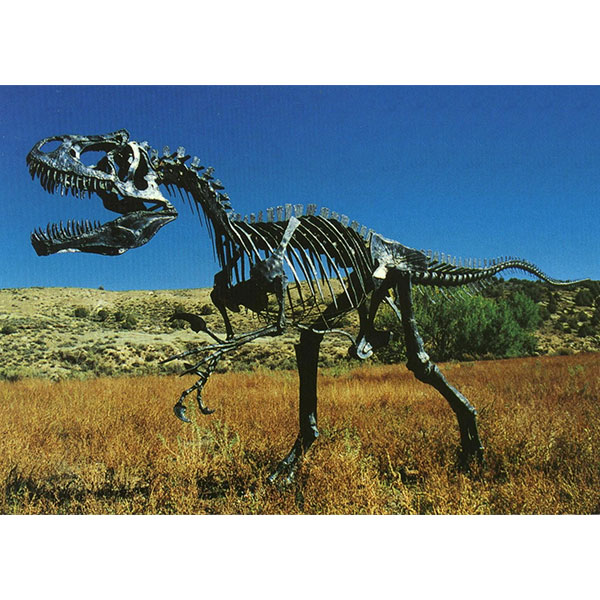
Wyoming Dinosaur Center
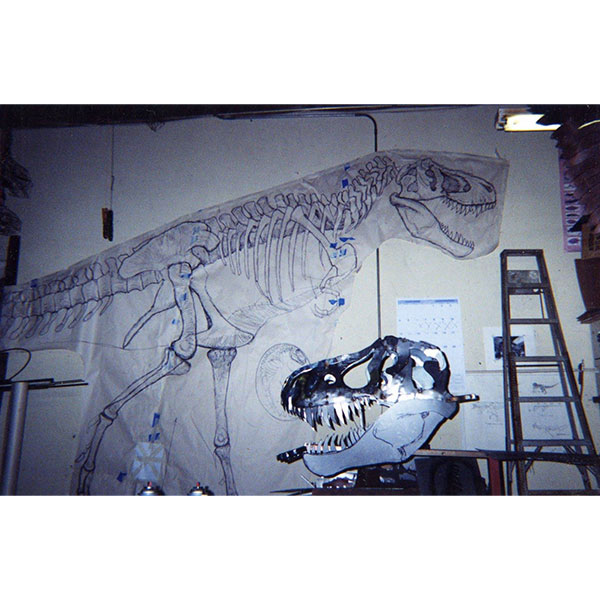
T-rex for Preston England

Larry Williams Welding

Larry Williams T-rex
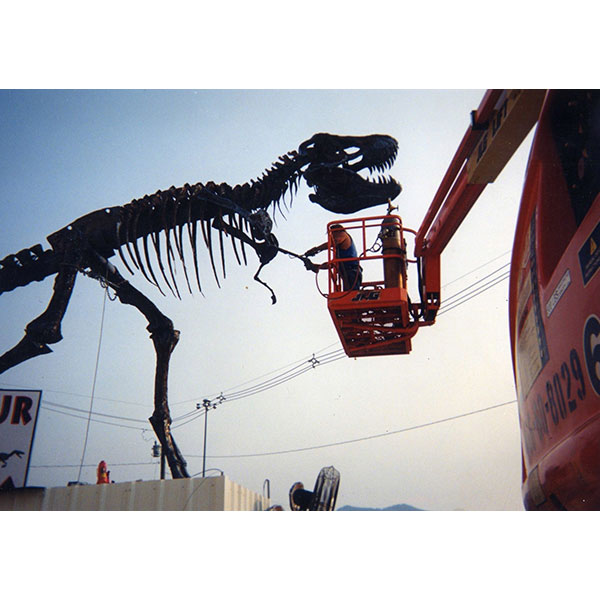
Larry Williams Installation
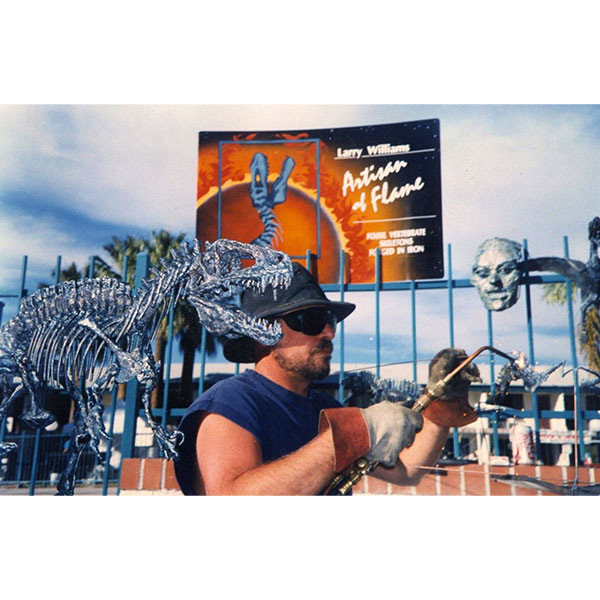
Larry Williams Artisan of Flame

Dinosaur model by Larry Williams
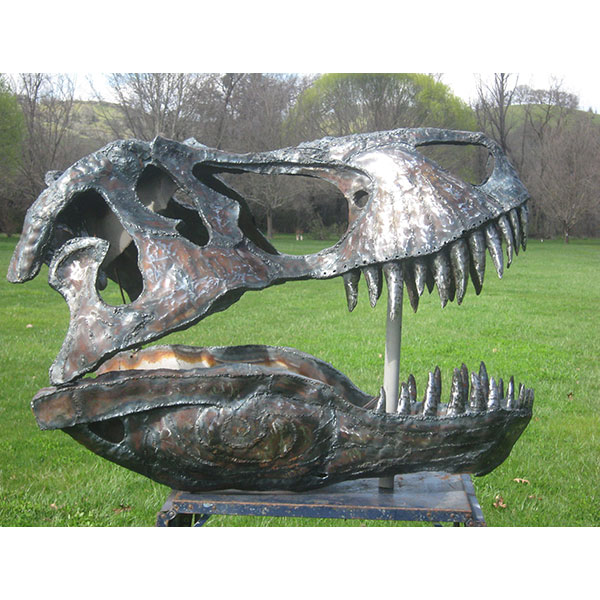
Dinosaur head by Larry Williams

Brachiosaurus in Riverside California

Allosaurus by Larry Williams
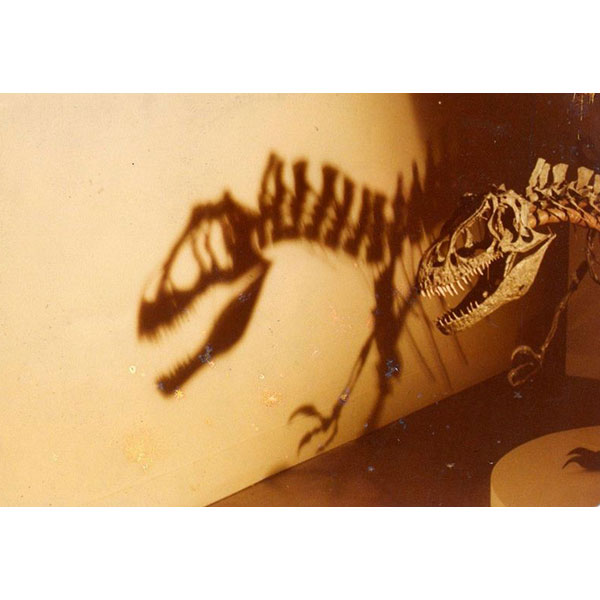
Allosaurus by Larry Williams
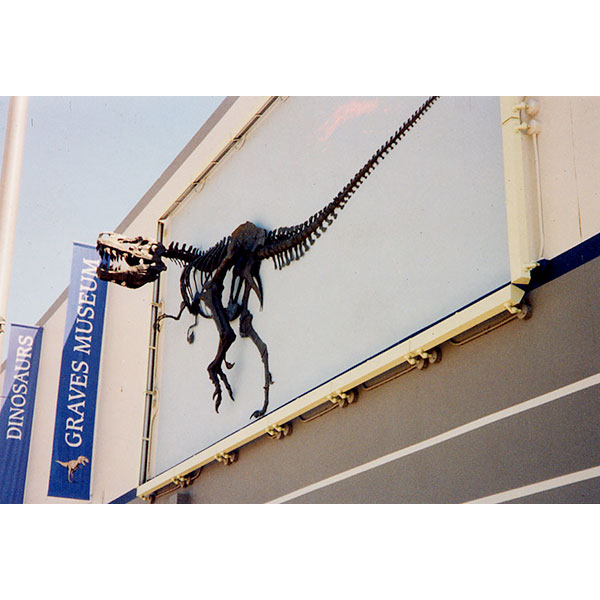
Graves Museum T-rex
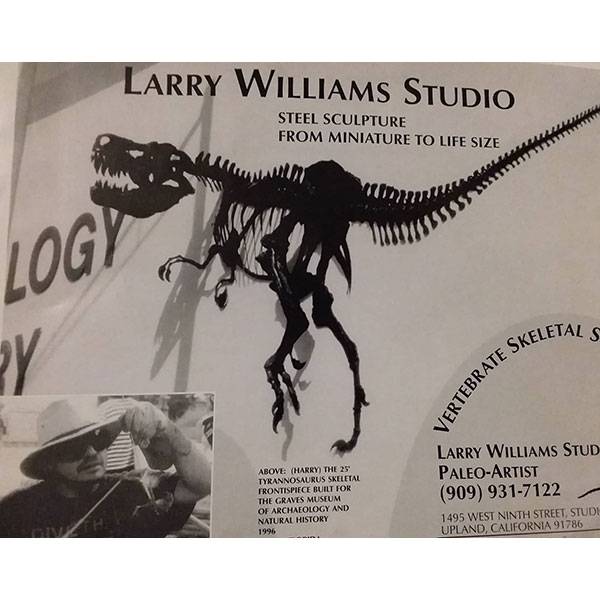
Graves Museum 1996
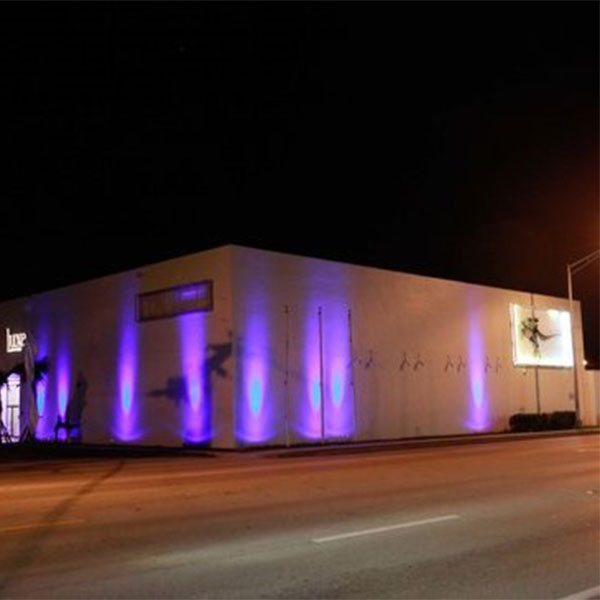
Dinosaur on building

Bambiraptor Royal Ontario Museum
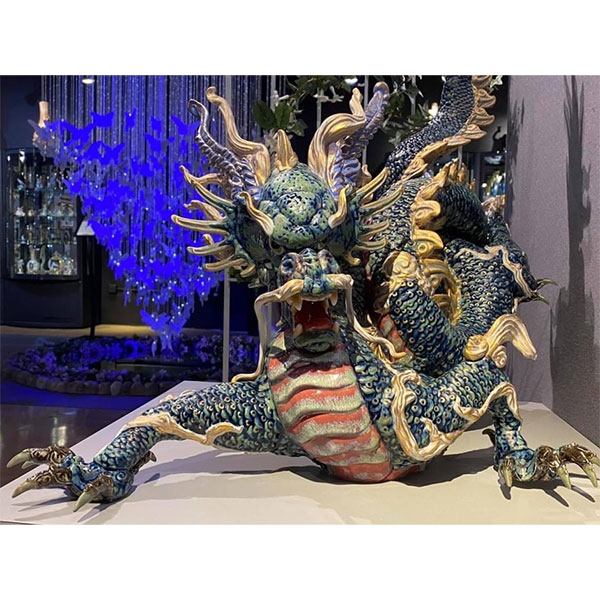
Lladro dragon & chandelier

Doulton Jabberwock detail by M. V. Marshall
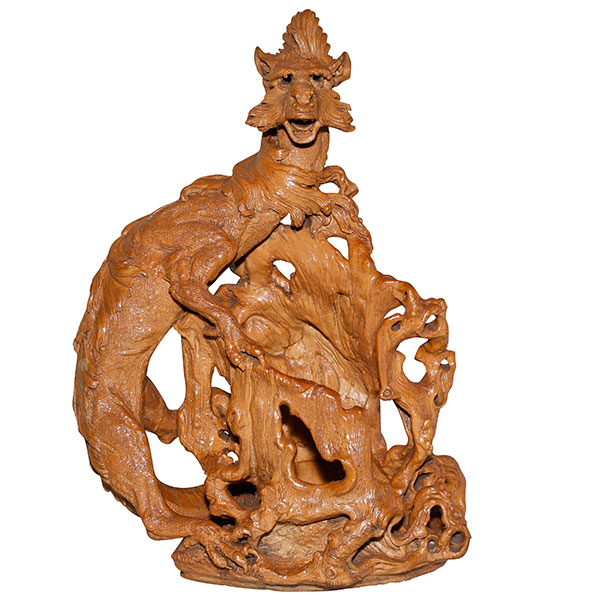
Doulton Jabberwock by M. V. Marshall
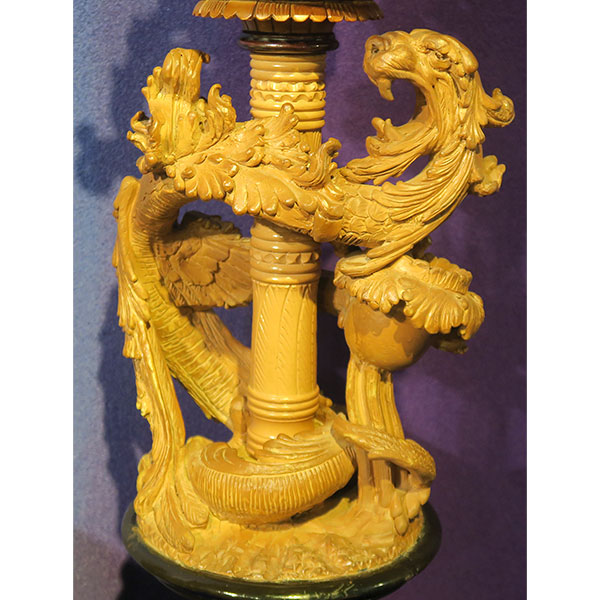
Doulton Jabberwock Candelabrum by M. V. Marshall

Jabberwock by J. Tenniel
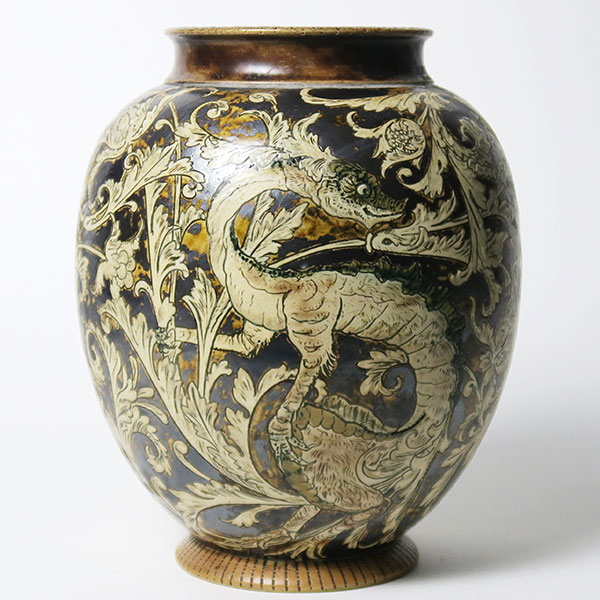
Martin Brothers Dragon Vase
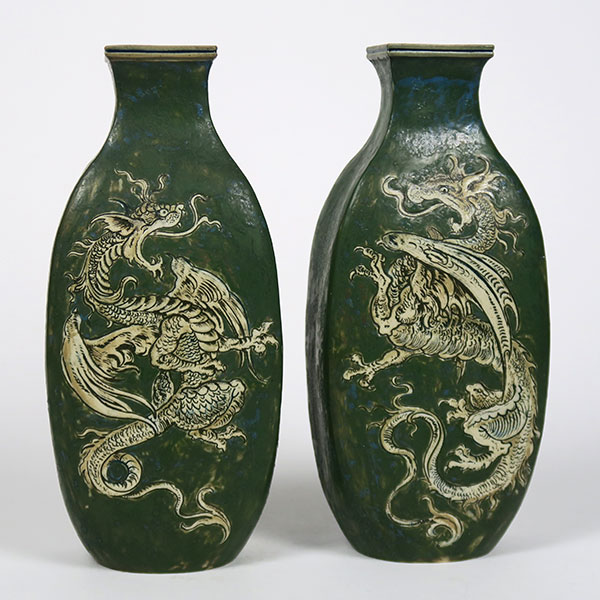
Martin Brothers Dragon Vases
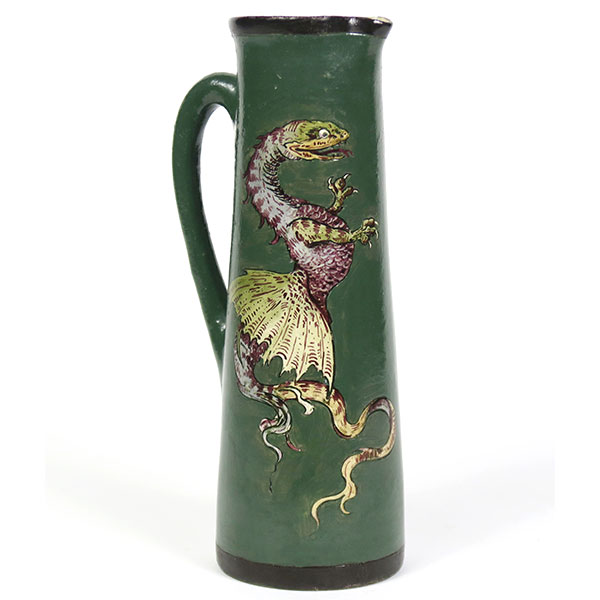
Martin Brothers Dragon Jug
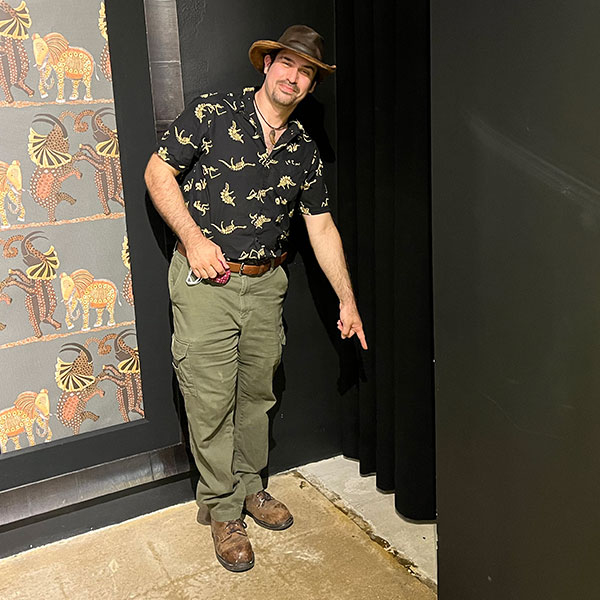
Robert DePalma

Robert DePalma @ WMODA

Louise and Robert DePalma finding dino tracks
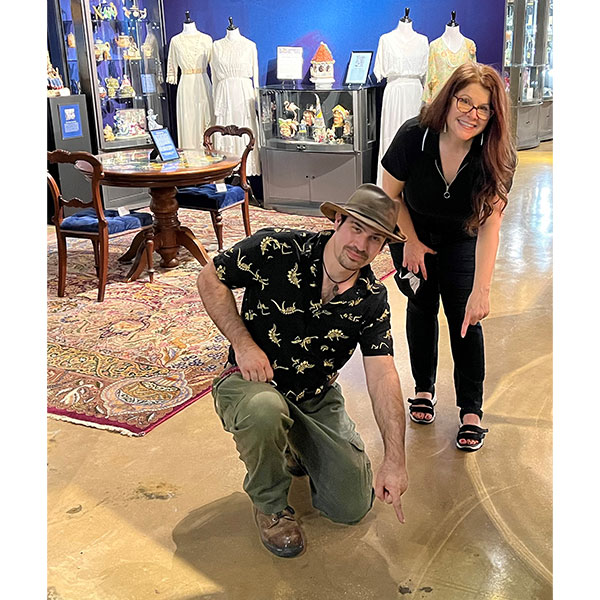
Kimberly and Robert DePalma finding dino tracks
